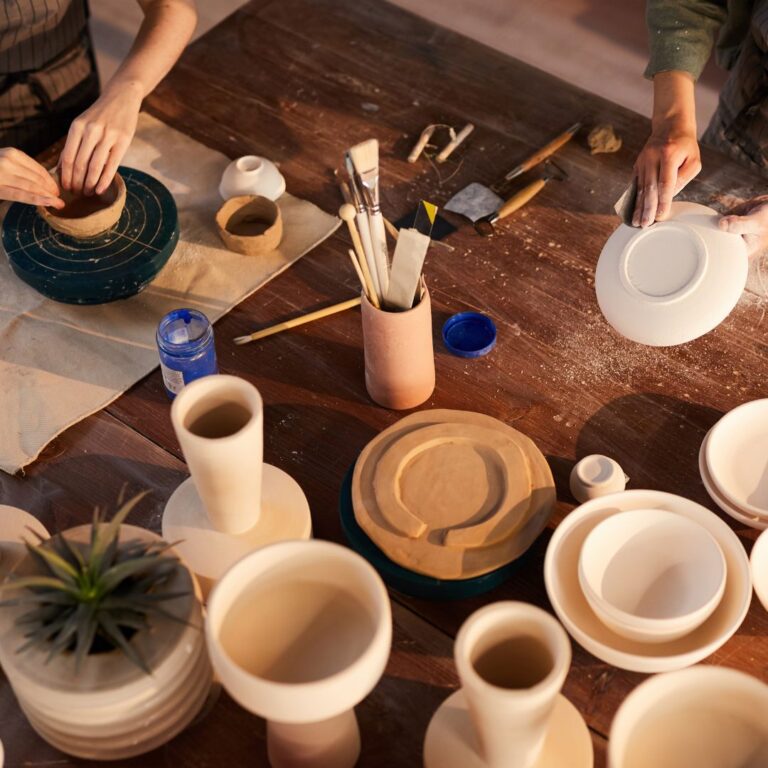In an age dominated by digital technology, where many people spend their days typing on keyboards and staring at screens, a surprising trend is emerging: the return to manual and craft work. From woodworking and pottery to gardening and baking, digital workers are increasingly drawn to activities that require tangible, physical engagement. But why are they stepping away from pixels and embracing hand tools?
1. The Search for Tangibility
Digital work often lacks a physical outcome. The intangible nature of emails, code, or digital designs can feel unsatisfying over time. Craft work, on the other hand, produces something real—whether it’s a hand-carved chair or a loaf of bread. Holding a finished product provides a sense of accomplishment that’s hard to replicate in the digital realm.
2. Escaping Screen Fatigue
The constant exposure to screens can lead to burnout, eye strain, and mental exhaustion. Manual work offers a much-needed break from technology, allowing people to engage their senses in a way that feels refreshing and restorative.
3. Mindfulness and Flow
Craft work often requires focus and attention to detail, which naturally leads to a state of “flow.” This meditative quality helps reduce stress and anxiety, offering a therapeutic escape from the fast-paced digital world.
4. A Connection to Tradition
Craft work connects individuals to traditions and skills passed down through generations. In a world of rapid technological change, many people find comfort in the timeless nature of manual labor and craftsmanship.
5. Creative Freedom
While digital tools offer endless possibilities, they also come with constraints like software limitations or client demands. Craft work allows for unfiltered creativity—shaping clay, sketching on paper, or working with raw materials is a deeply personal and creative process.
6. Sustainability and Ethical Living
Many craftspeople are driven by a desire to live more sustainably. Making items by hand reduces reliance on mass production and disposable consumer goods, aligning with a growing interest in ethical and eco-friendly practices.
7. Community and Connection
Craft communities, whether in person or online, foster a sense of belonging. Shared workshops, markets, or skill-sharing sessions provide opportunities to connect with like-minded individuals, counteracting the isolation often associated with remote digital work.
8. Physical Engagement
Digital work is primarily sedentary, which can lead to health issues over time. Craft work, whether it’s hammering, sewing, or gardening, involves movement and manual dexterity, offering physical benefits alongside mental stimulation.
9. Reclaiming Individuality
In a world of automation and mass production, handmade items stand out. People are drawn to the uniqueness of crafting—each piece tells a story and reflects the maker’s personality, offering a stark contrast to the uniformity of digital outputs.
The resurgence of craft and manual work among digital workers is a response to the physical and emotional void left by technology. It’s not about rejecting the digital world but finding balance—pairing the efficiency of technology with the joy of creating something tangible. This trend highlights the timeless human need to work with our hands, connect with tradition, and take pride in creating something meaningful.

